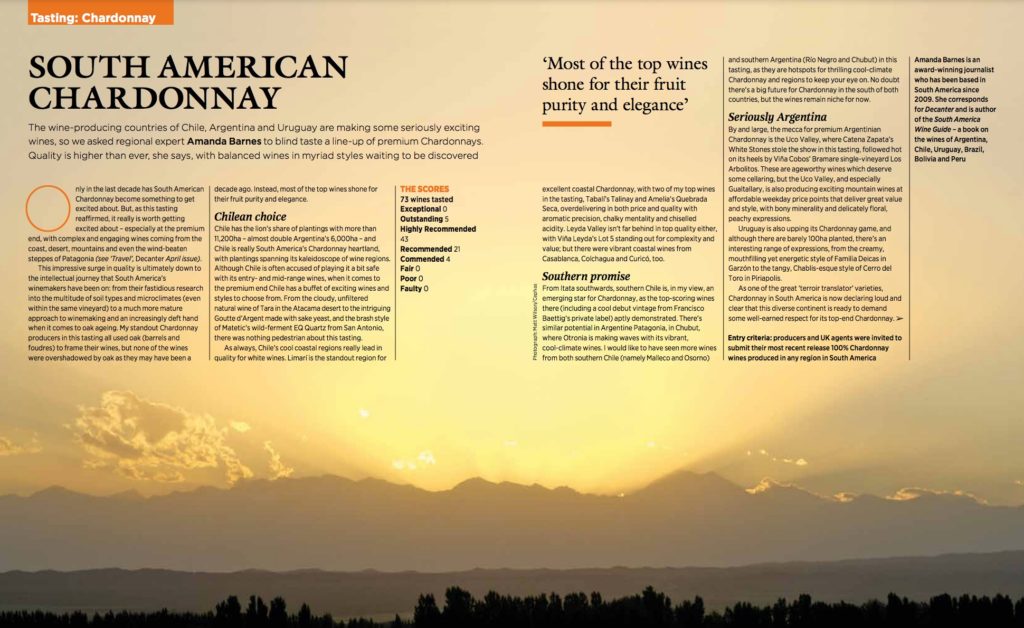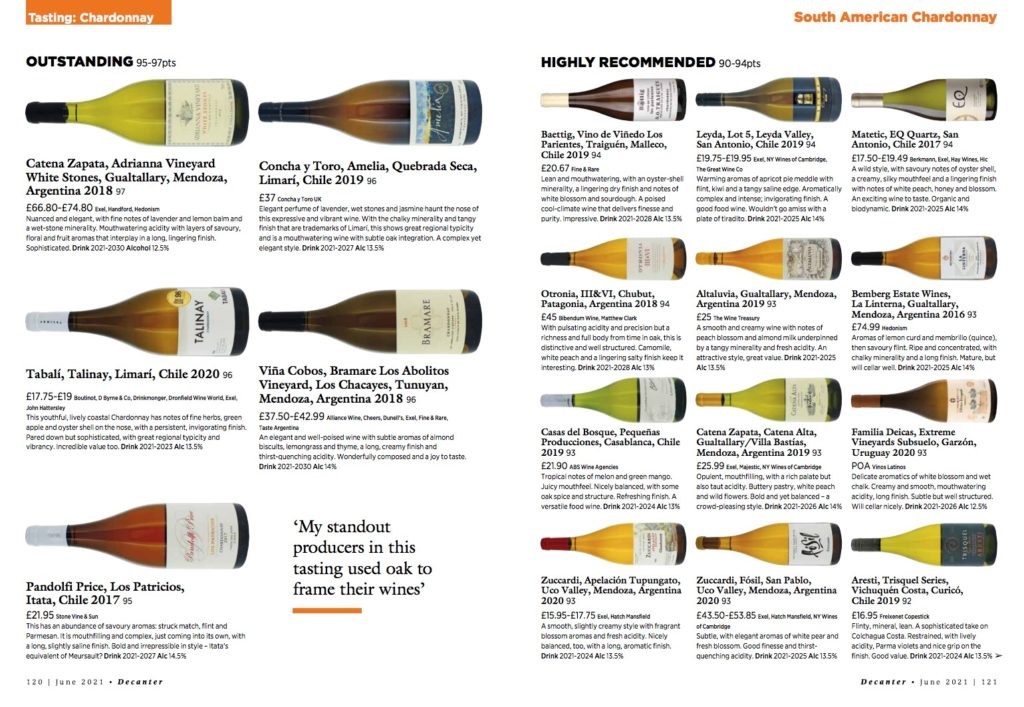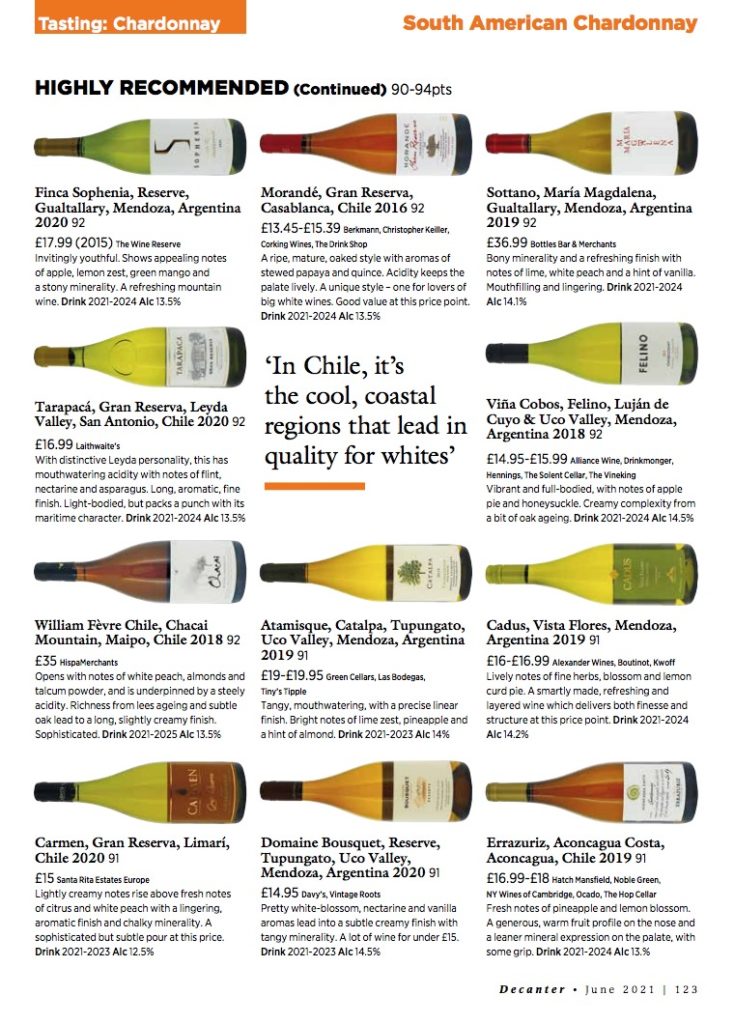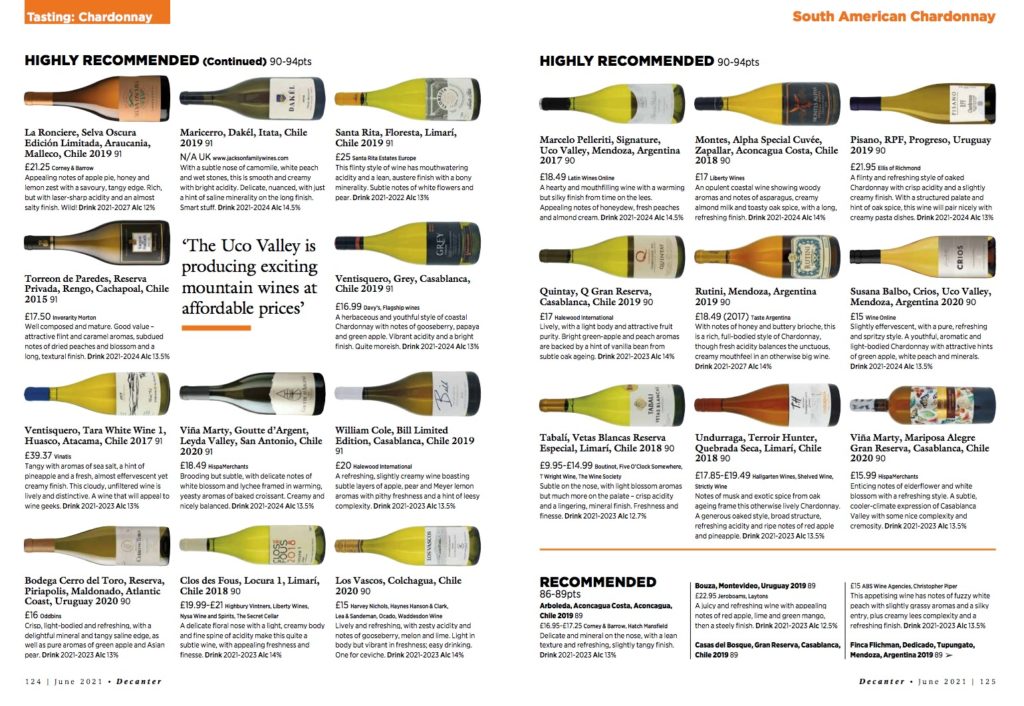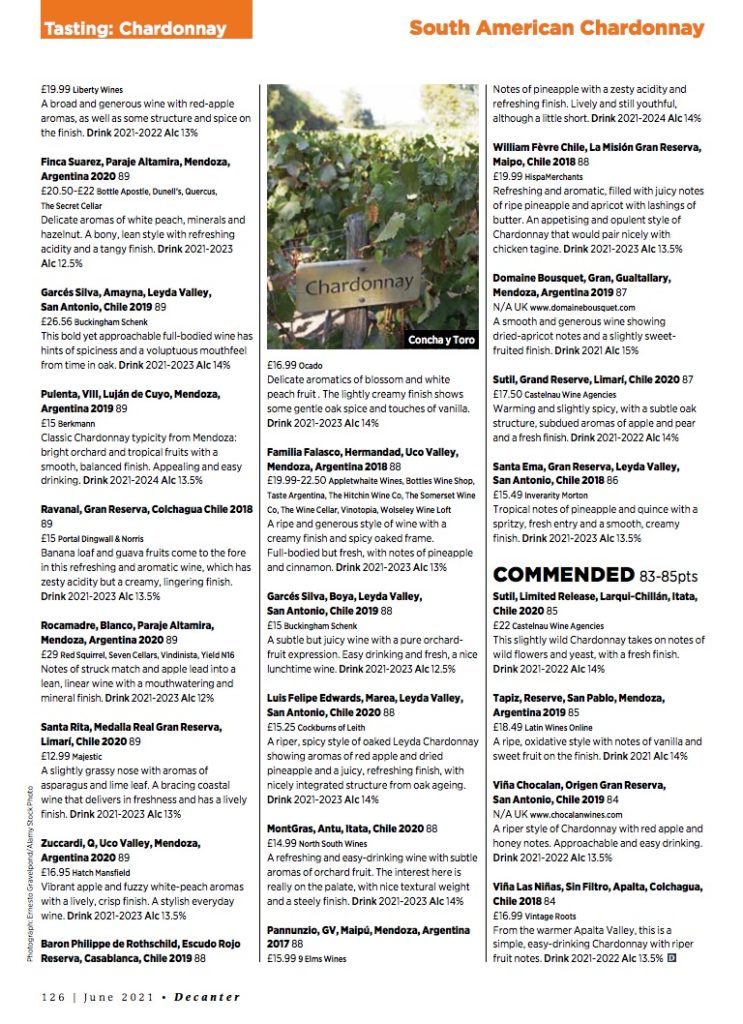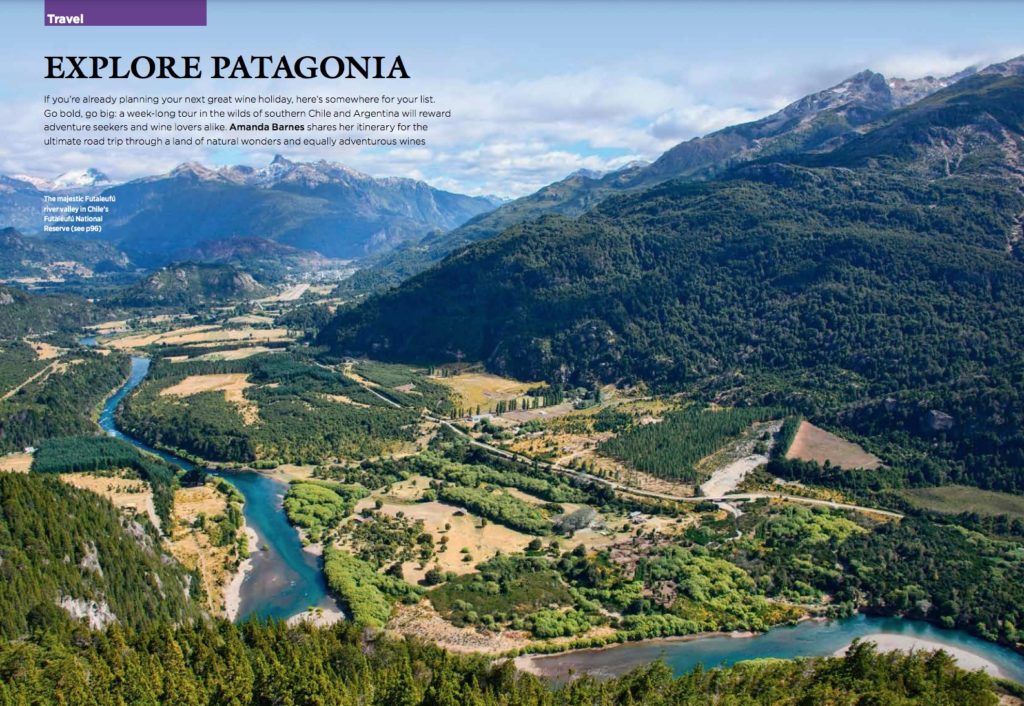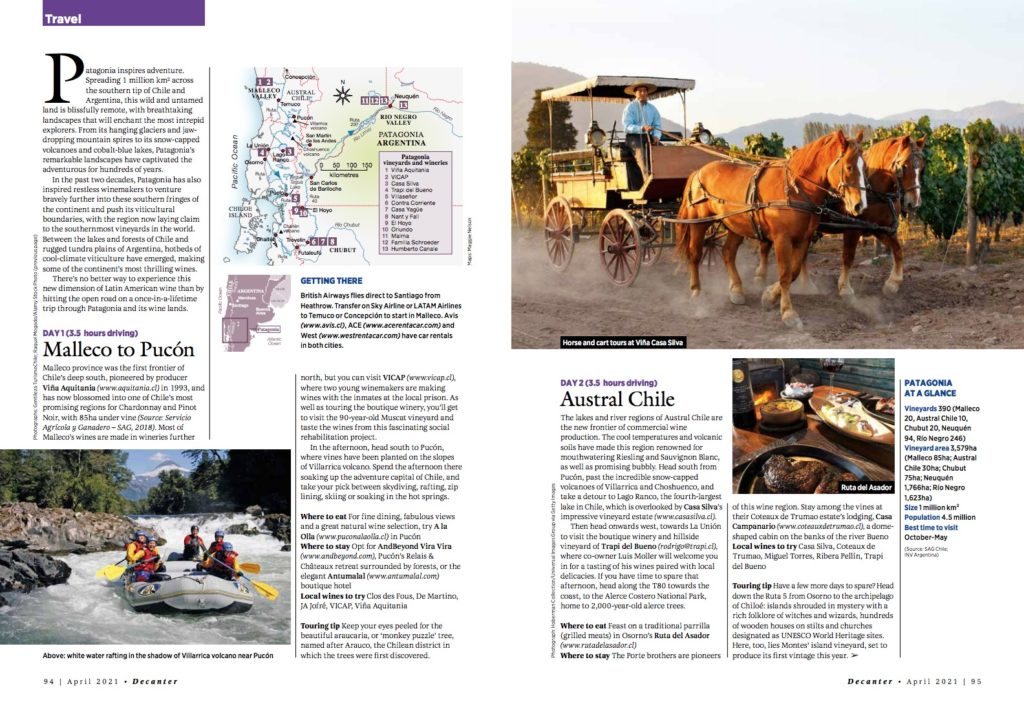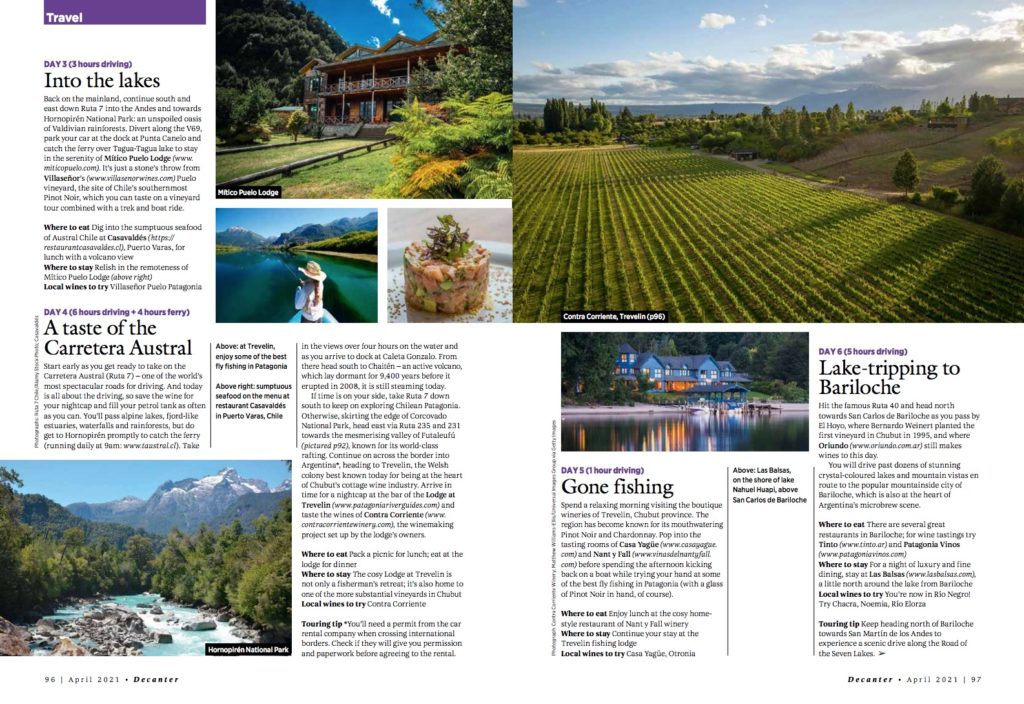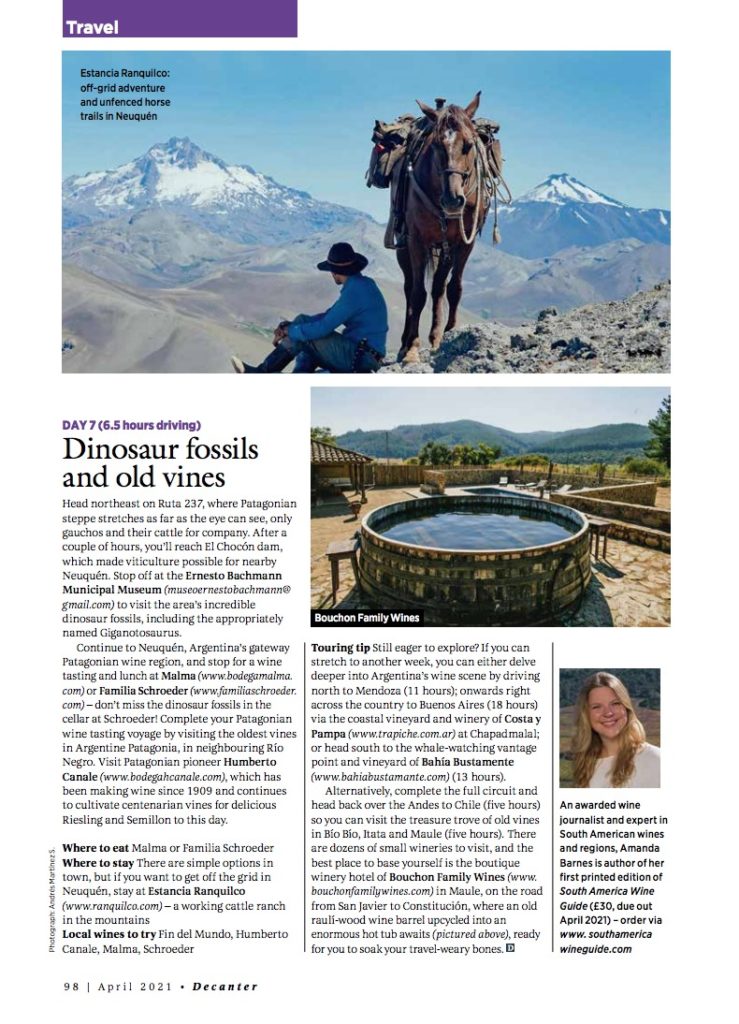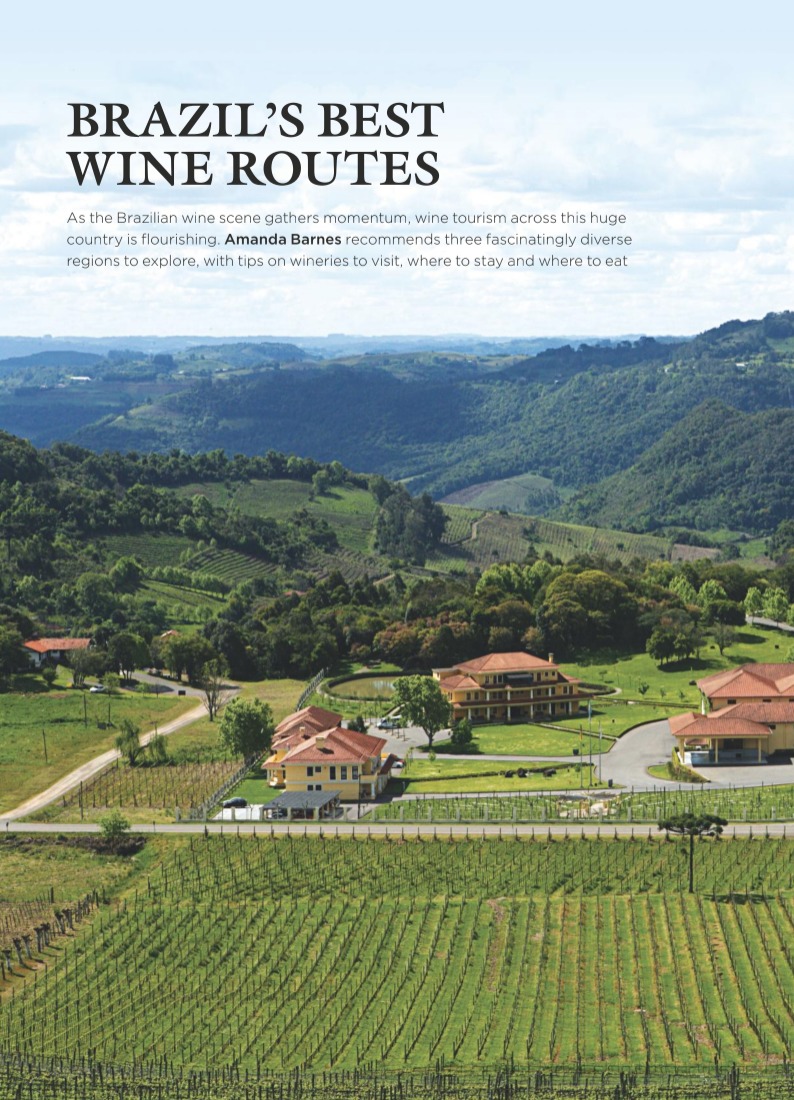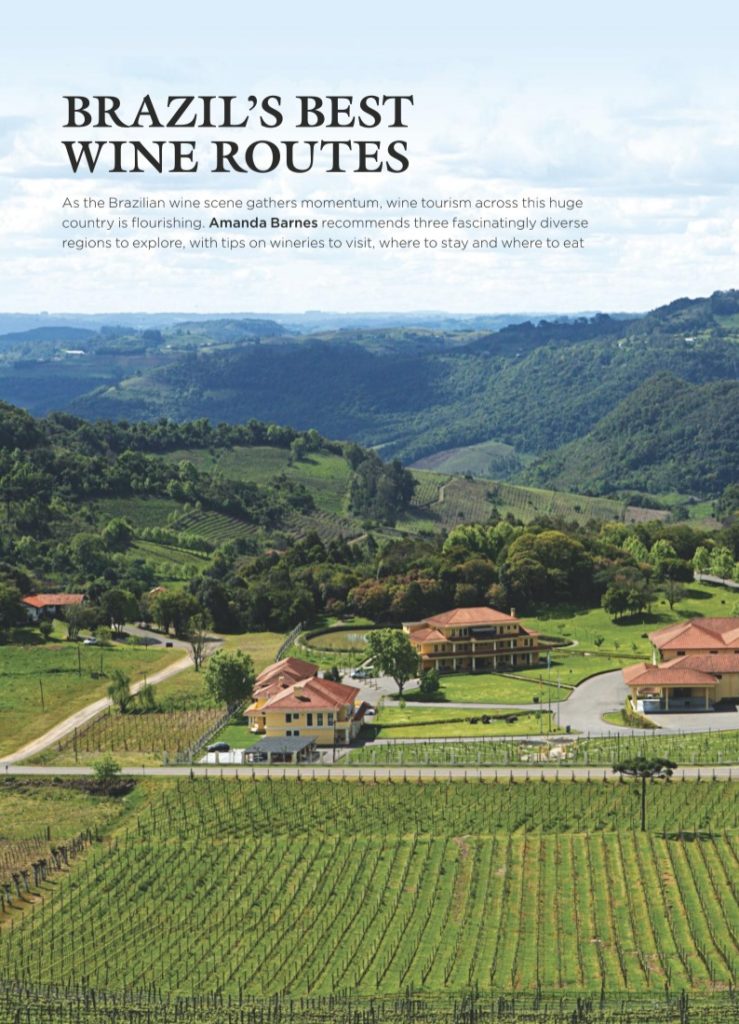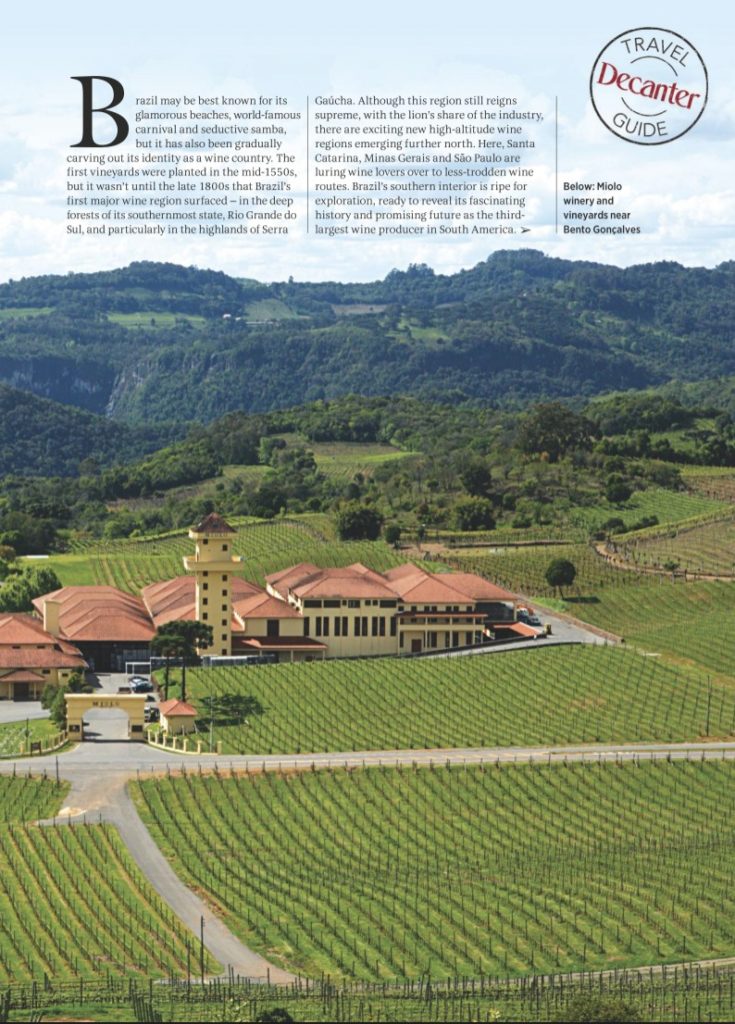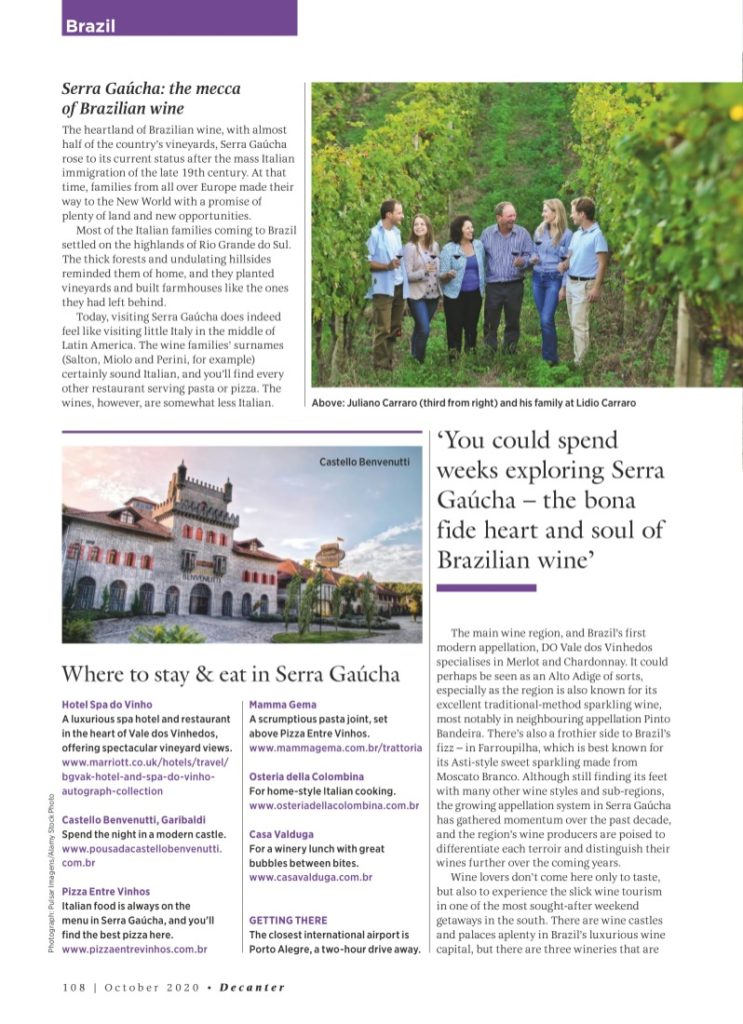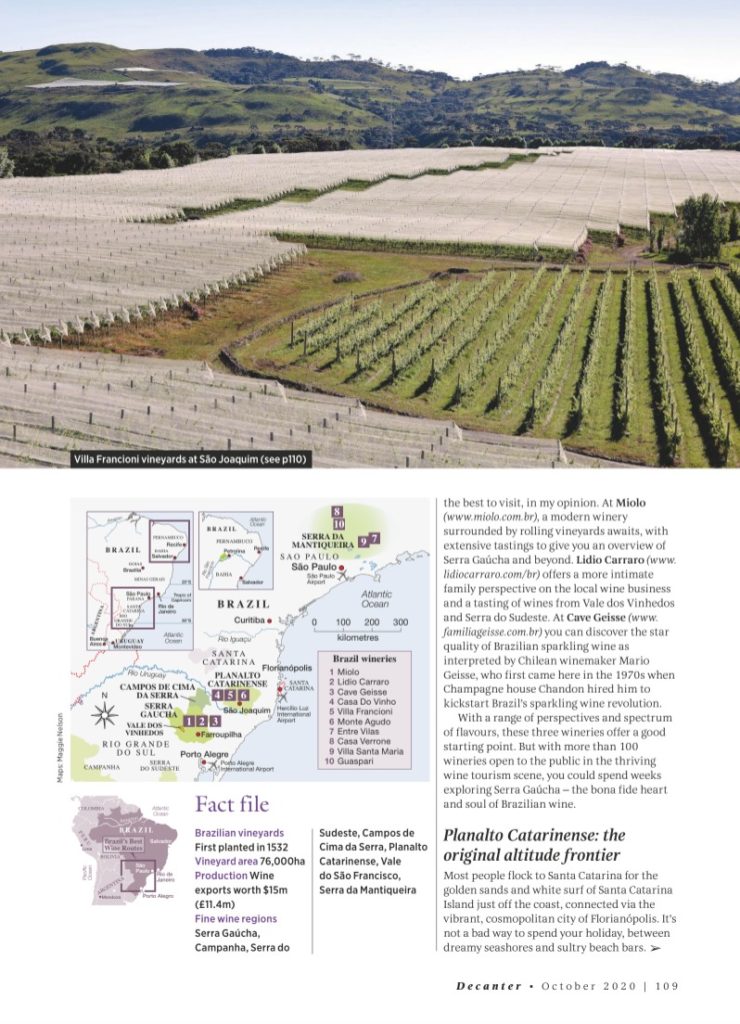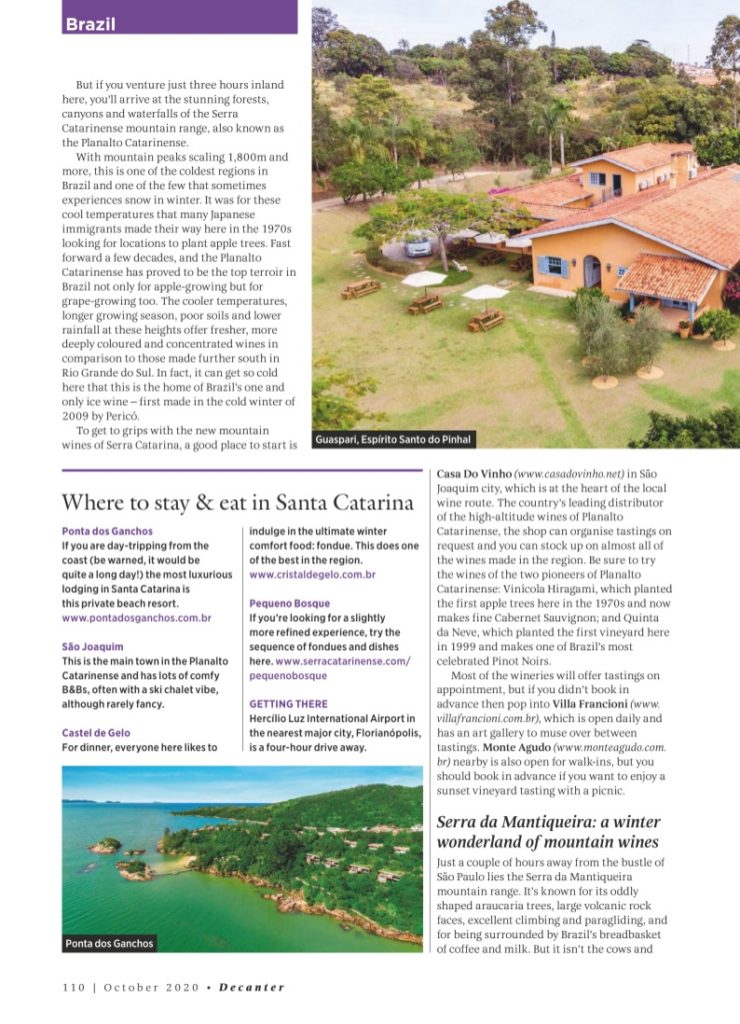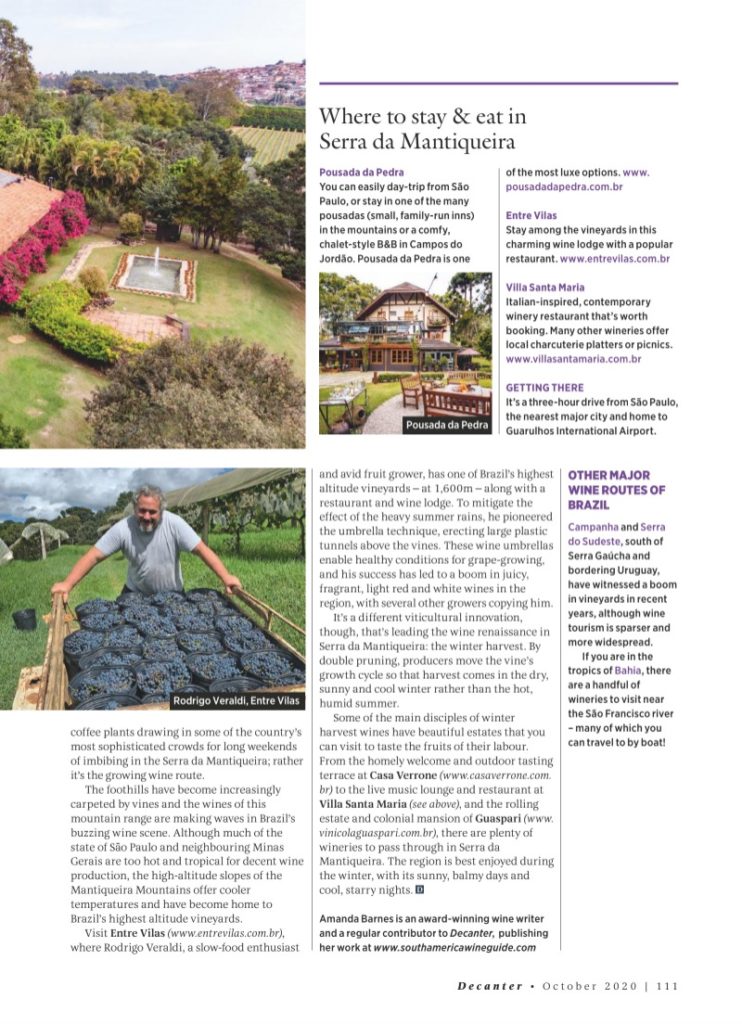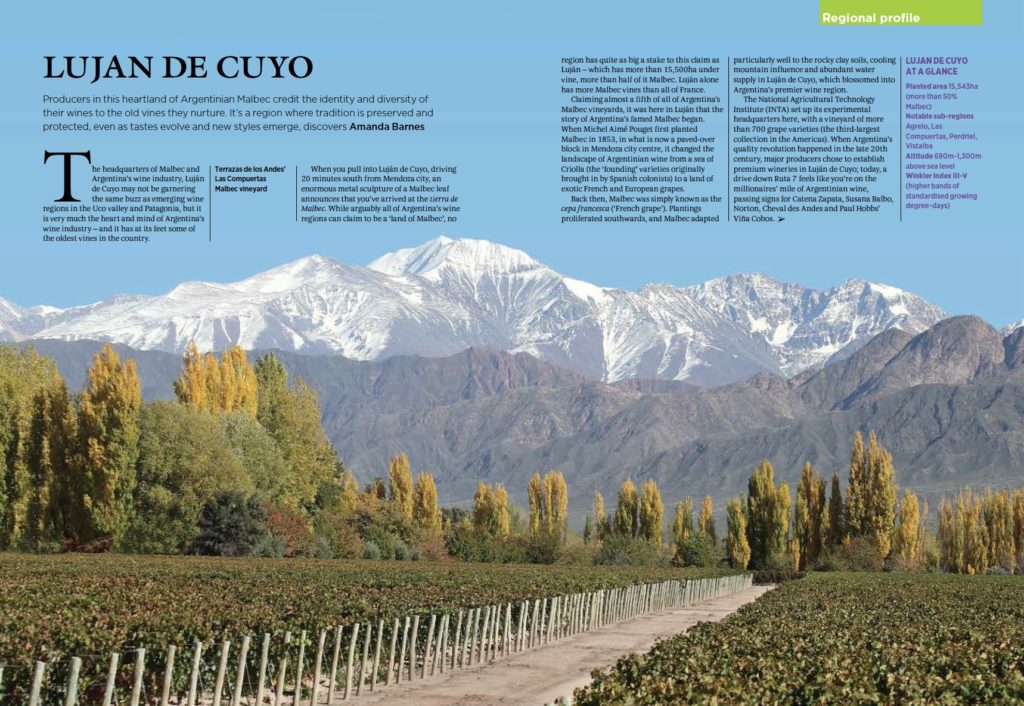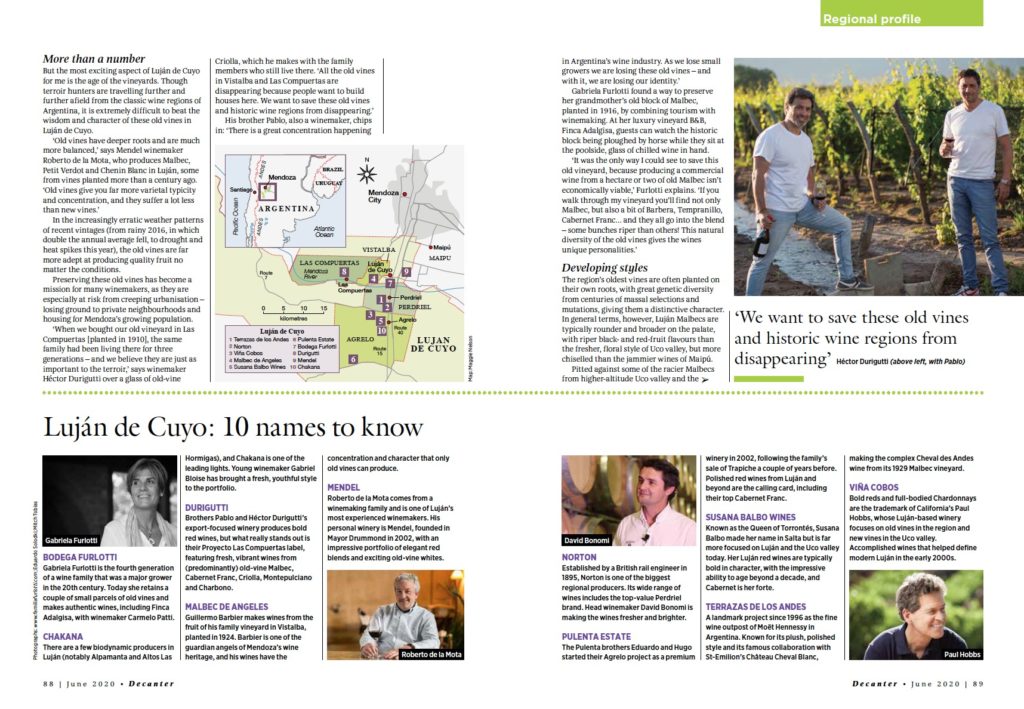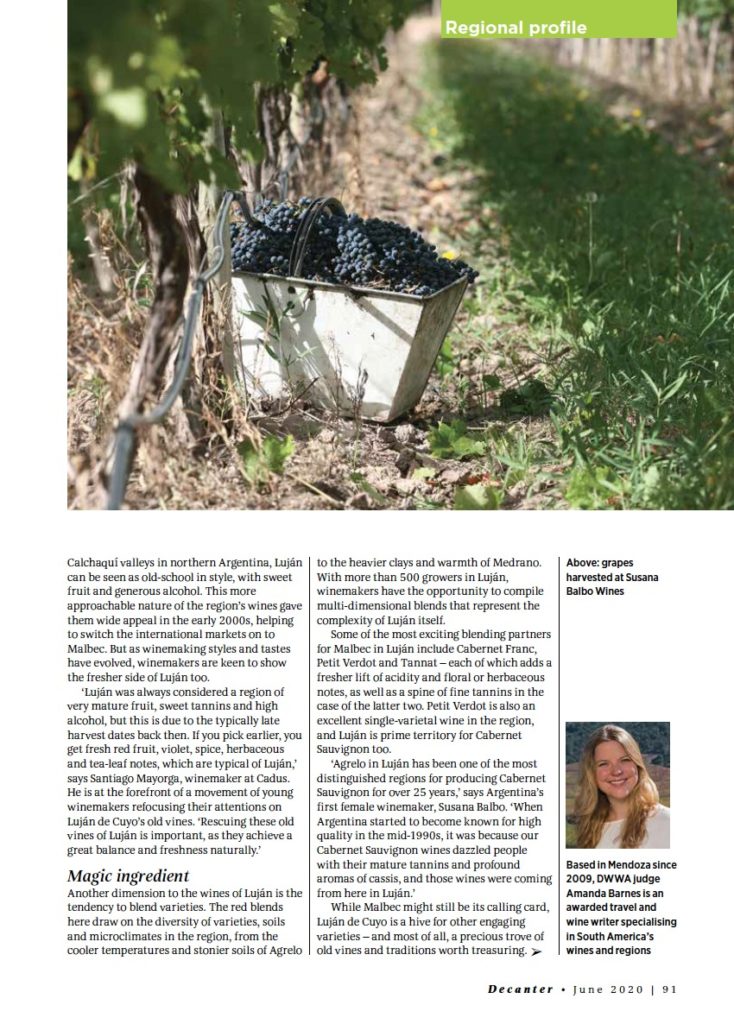Published in SevenFifty.Daily in January 2020
With Tannat and Albariño as lead stars, the country is making some of the most distinctive wines in South America.
Nestled between Argentina and Brazil, Uruguay is the fourth-largest wine producer in South America—its output in 2018 was 18 million liters. Although the bonds of tango and carnival link it culturally to Argentina and Brazil, respectively, the wine production of Uruguay is unique on the continent.
Shaped by a mild, Atlantic climate, Uruguay is more comparable to European wine regions than its Latin American neighbors, which have continental, Pacific, or subtropical influences.
“Uruguay reminds me more of Portugal—a small place with a maritime climate on the Atlantic Ocean, with variable weather,” says Hans Vinding Diers, who is a consultant winemaker at Bodega Oceánica José Ignacio in Maldonado, and has made wine on four continents. “You can also compare Uruguay to Bordeaux, as it has the same Atlantic influence.”
This Old World climate in the New World is part of the reason buyers are getting excited about Uruguayan wine; there’s also the thrill of discovering something new. “What we love about Uruguayan wine is its potential to become a major player in the South America wine map,” says Julio Robledo, a co-owner of Grand Cata, a wine store in Washington, D.C., that specializes in Latin American producers. “There is still much to see and discover from Uruguay, and diversity is the key. Many of our customers have a certain idea about Uruguay and Tannat, but when they taste a new bottle or a new grape from Uruguay, they definitely feel surprised by the quality.”
Read the full article online at SevenFifty.Daily
Read more of Amanda Barnes articles on Uruguay at South America Wine Guide
















